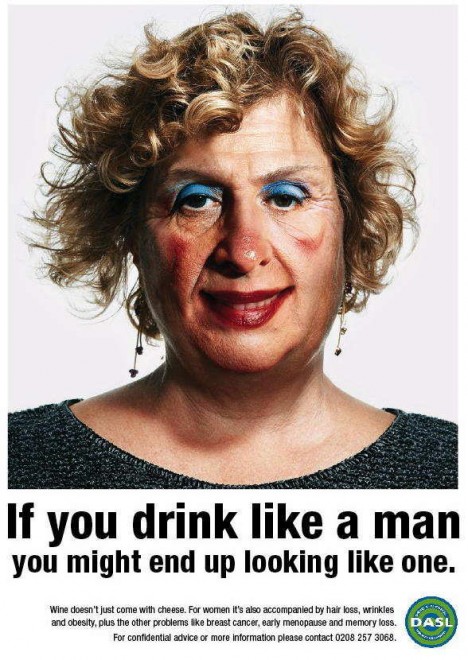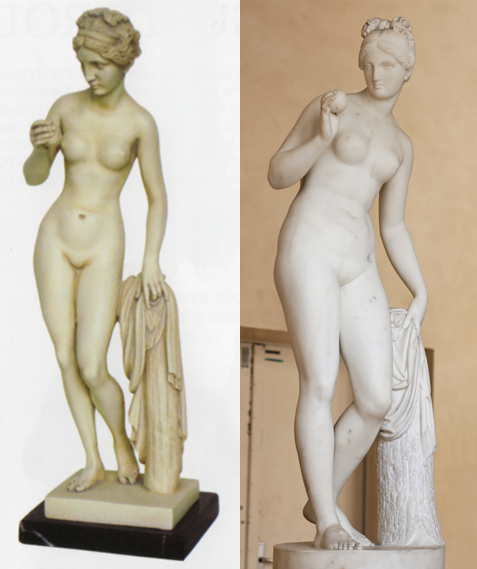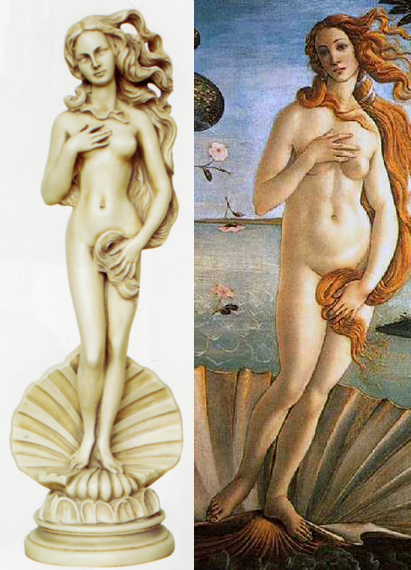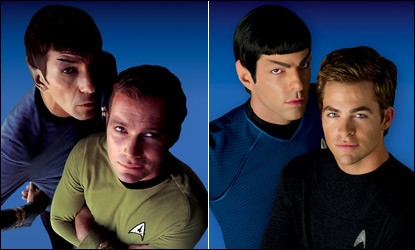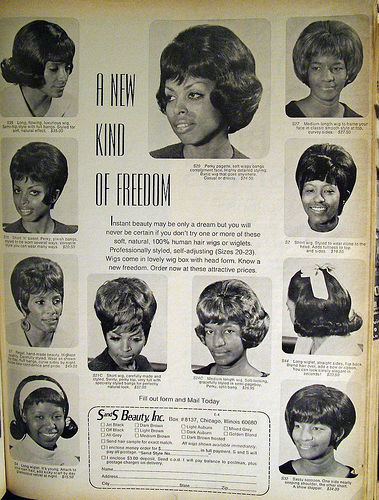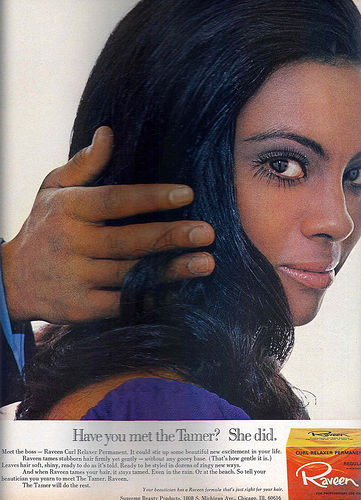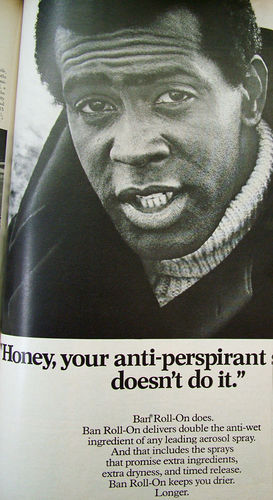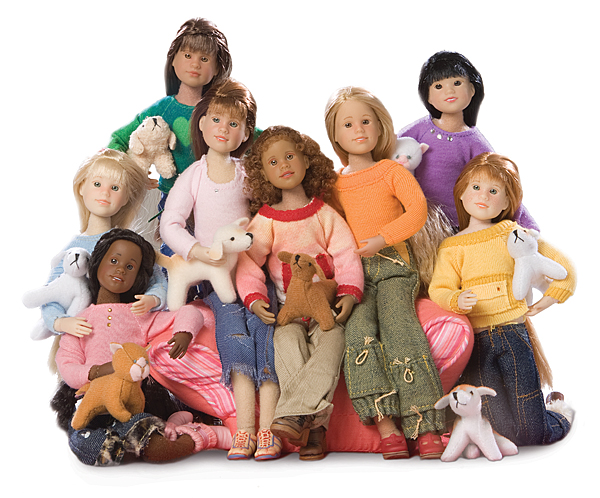Kimi W. sent me the documentary “Married to the Eiffel Tower” (originally found at Mental Floss) which documents objectum-sexuals, or people who have relationships with inanimate objects.
[vimeo]https://vimeo.com/19783541[/vimeo]
I find this just fascinating, particularly the way most of the individuals describe the inanimate objects in insistently gendered language–they may be taking part in an unusual type of sexuality, but it is generally a specifically heterosexual one. (A couple of commenters pointed out that the Eiffel Tower was referred to as she, but most of the objects are described as he.)
I don’t quite know what to make of the fact that these are women who express some discomfort or dissatisfaction with men and/or sex. Given the small number of people interviewed, that may just be a fluke rather than a tendency among objectum-sexuals (I have no idea what proportion are male and female, have or haven’t had sex with humans at some point, etc.). I suspect most people will watch the video and just conclude that they are crazy women with emotional issues who pick often phallic-shaped objects to create elaborate sexual fantasies around. I mean, I teach all about sexualities and social constructions of “normal” and “abnormal” and all, and my first reaction was still “Uh, WTF???” Among other things, in several sections of the documentary the women just seem really sad and lost, particularly when the one talks about childhood sexual abuse, family dysfunction, and so on.
The videos might be useful for talking about the medicalization and regulation of sexuality–who gets to define what types of sexualities are “normal” or healthy? Do these women need mental health treatment? Are they hurting anyone? Is it the fact that they are turned on by physical objects or that they claim to love them in a deeply romantic way that is most disconcerting, and why? Are we partly uncomfortable that women are speaking so openly about sexual desire and having orgasms as a result of being around or thinking about objects? Are these women having “real sex” with the objects they love? By what definition?
Thanks, Kimi!
Gwen Sharp is an associate professor of sociology at Nevada State College. You can follow her on Twitter at @gwensharpnv.

